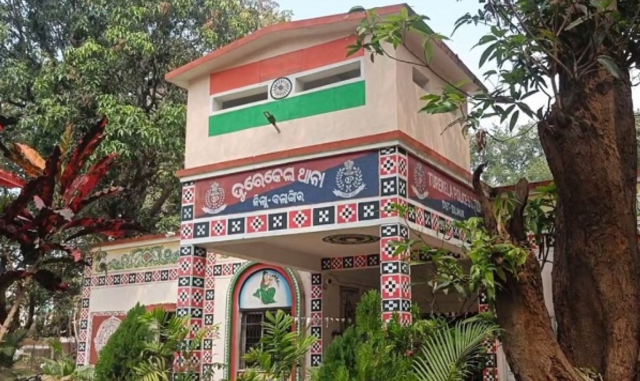The recent 7.7 magnitude earthquake that struck Myanmar has left the nation reeling with loss and devastation.
More than 2,700 lives have been lost, over 4,500 people are injured, and hundreds remain missing. With its epicentre near Mandalay, Myanmar’s second-largest city, the quake caused widespread destruction, flattening buildings, roads, and even Mandalay’s airport.
Rescue efforts face monumental challenges. Damaged infrastructure, landslides, fuel shortages, and power outages have slowed relief operations. Digging through the rubble by hand, rescue workers persevere in the sweltering heat. Meanwhile, Myanmar’s civil war further complicates humanitarian access, with millions already displaced before the disaster struck.
Adding to the tragedy, religious institutions were devastated—700 worshippers perished during Friday prayers as mosques collapsed, and many monks are still missing under the debris of a Buddhist monastery. Hospitals are overwhelmed, with urgent needs for trauma care, blood transfusions, and mental health support.
International aid has poured in, with nations like India launching “Operation Brahma,” providing 137 tonnes of relief supplies. Global organizations have emphasized the need for unhindered access to affected areas to ensure support reaches those who need it most.
As rescue teams continue their tireless efforts, Myanmar’s recovery remains uncertain. The true scale of the disaster is yet to be fully realized.





























